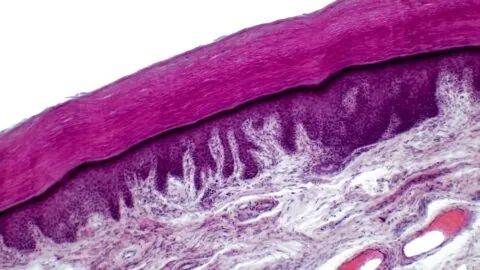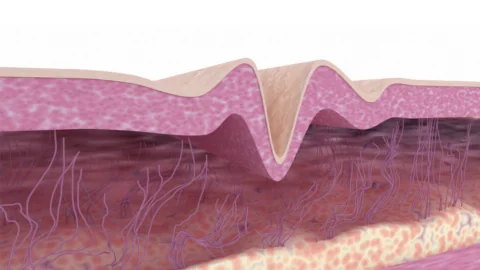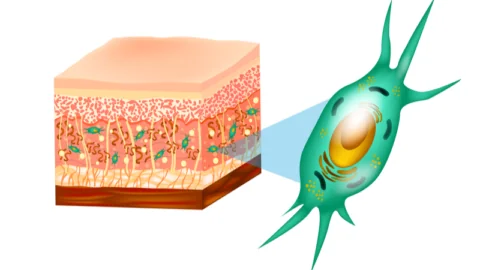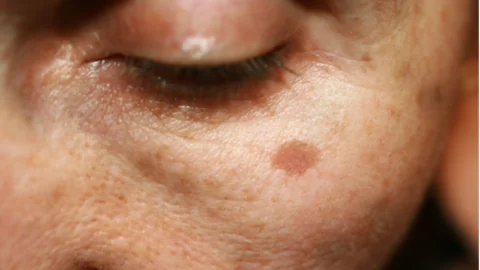December 04, 2023
Scientists have found a way to reprogram fibroblasts without chemicals by culturing them on a surface with specific mechanical properties. Transplanted into aged skin, those cells boosted rejuvenation in a human tissue model [1]. We've all got skin in the game Skin aging might not be the deadliest part of organismal aging, but it certainly...
July 14, 2023
According to a new study published in Nature Scientific Reports, while both aerobic and resistance exercise improve some aspects of skin aging, only the latter is able to increase skin thickness [1]. Exercise and skin – an overlooked connection Skin is the largest organ of the human body, providing a barrier that keeps us safe...
February 21, 2023
The Journal Club, hosted by Dr. Oliver Medvedik, returns to the Lifespan.io Facebook page at 12:00 on Tuesday, February 28th. This month, we are covering a recent paper that showed a method of restoring youthful collagen production in aged skin [1]. If you would like some background, check out our article 'New Way to Help...
January 27, 2023
Scientists have demonstrated that extracellular vesicles loaded with mRNA coding for collagen production can be easily produced and delivered into aging fibroblasts in vitro and in vivo, boosting collagen levels and eliminating signs of skin aging in mice [1]. Superior delivery method Finding a good way to deliver molecular cargo into cells is important. Some...
September 08, 2022
Researchers publishing in Aging have identified an individual protein, secreted frizzled-related protein 4 (SFRP4), that is produced by senescent cells and contributes to skin aging in mice. The spread of the SASP Why we Age: Cellular SenescenceAs your body ages, more of your cells become senescent. Senescent cells do not divide or support the tissues...
August 10, 2022
In a new systematic review published in Scientific Reports, multiple genes driving skin aging were identified [1]. The authors start by explaining the intrinsic (genetic and chronological) and extrinsic (environmental) factors that drive skin aging. While the environmental factors that affect the rate of skin aging, such as sun exposure and smoking, can be controlled,...






